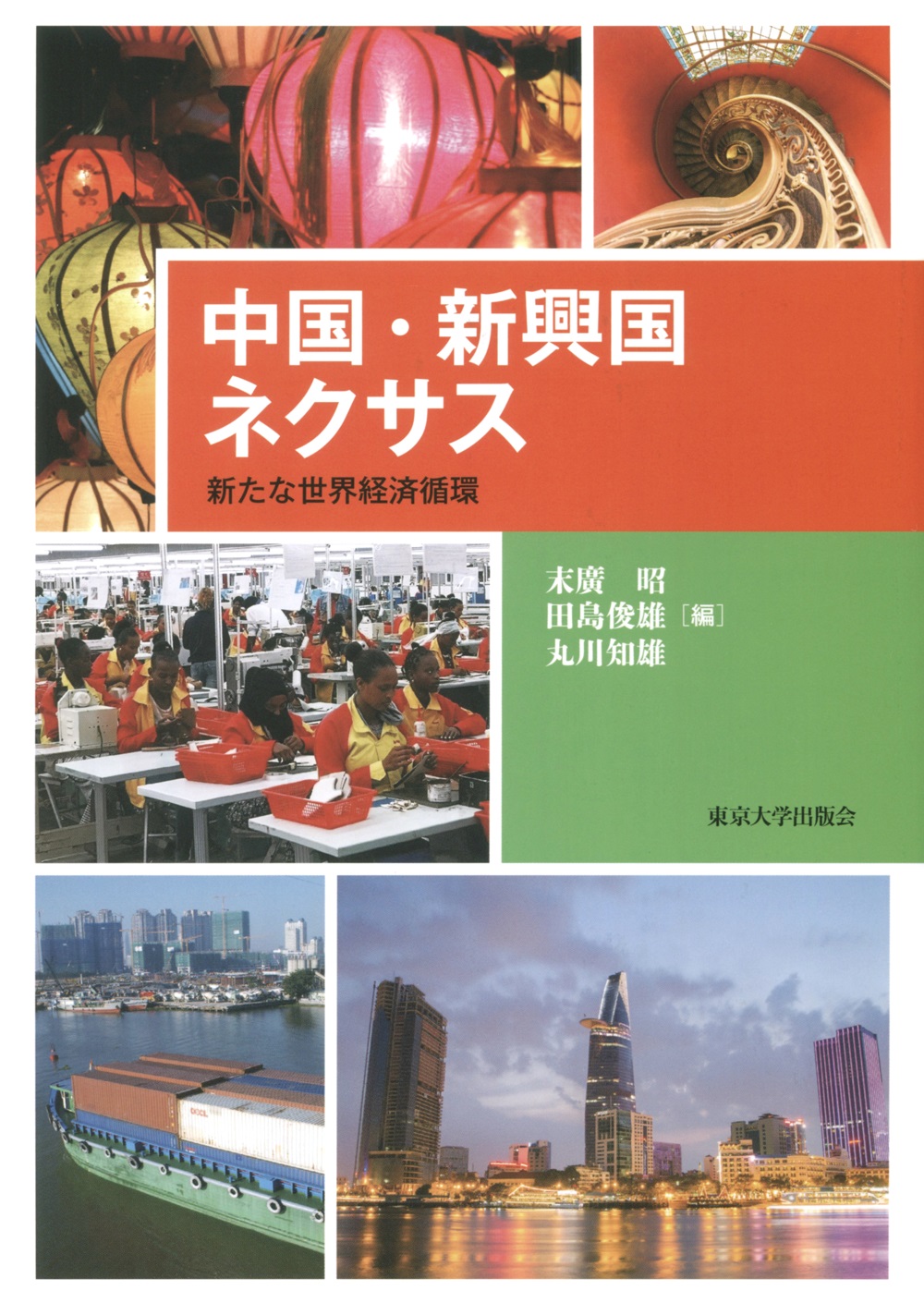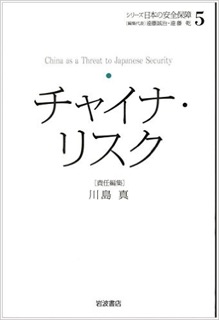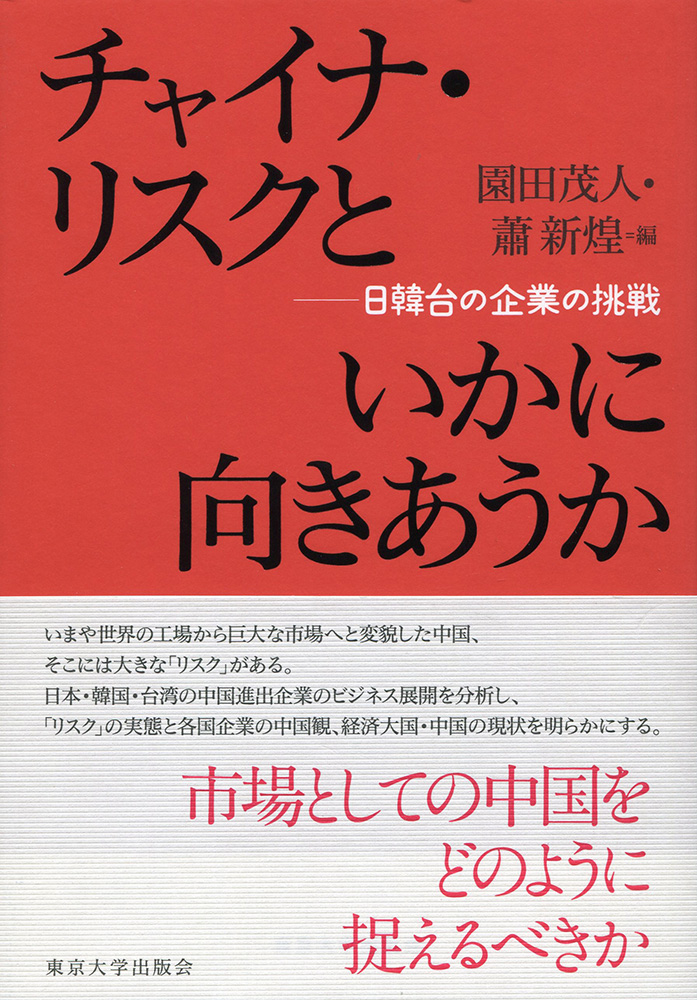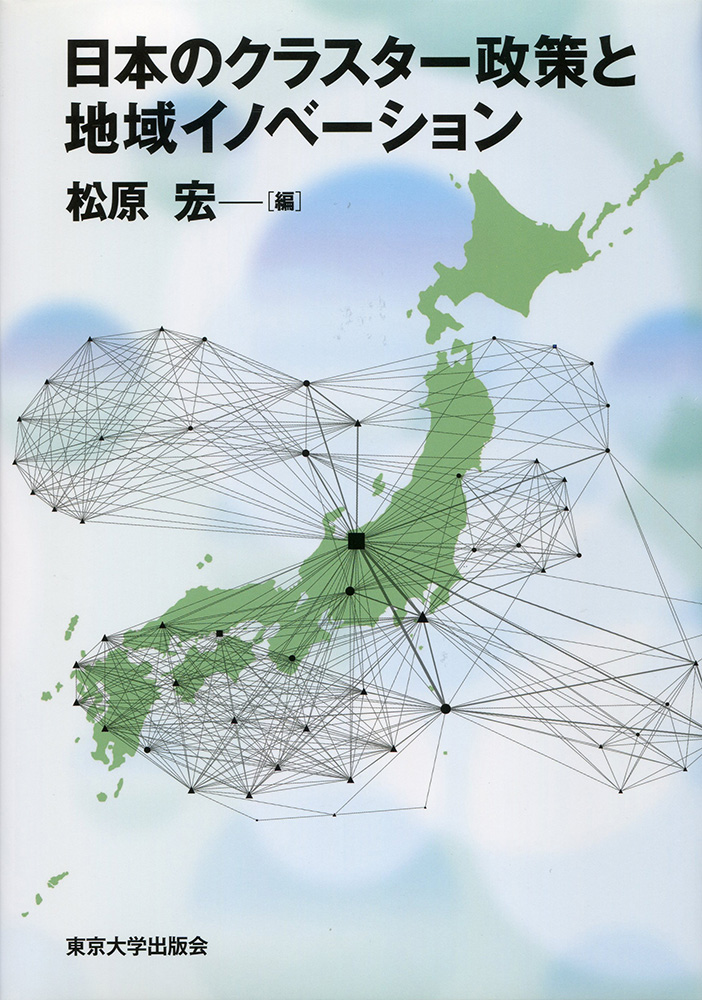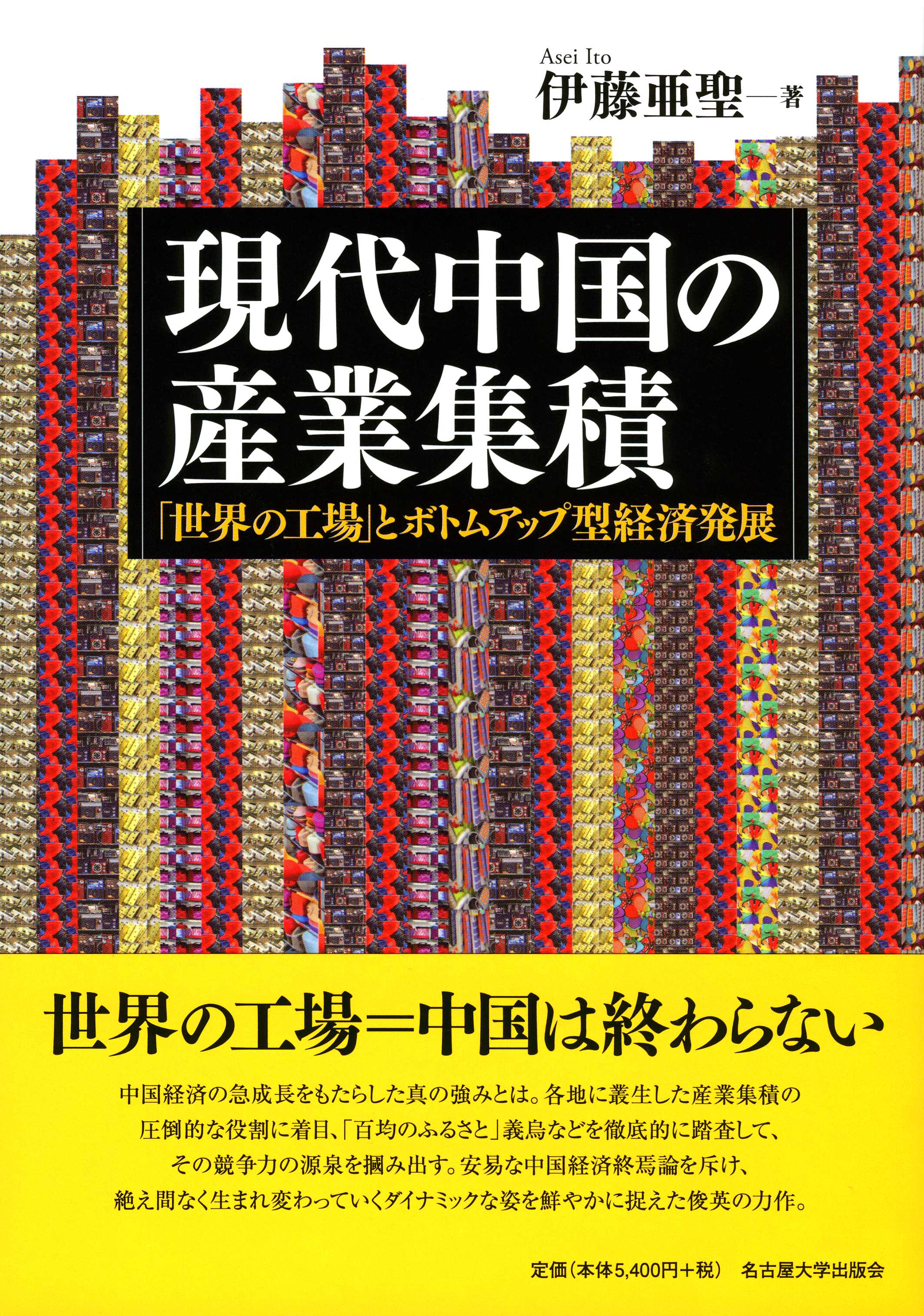
Title
Gendai Chūgoku no sangyō shūseki (Industrial Agglomeration in Modern China: The Workshop of the World and Bottom-Up Economic Development)
Size
232 pages, A5 format, hardcover
Language
Japanese
Released
December, 2015
ISBN
978-4-8158-0823-5
Published by
The University of Nagoya Press
Book Info
See Book Availability at Library
Japanese Page
When I joined the department in 2002, China had joined the World Trade Organization (WTO) only the year before. Suddenly, newspapers were full of articles about the Chinese economy. I remember turning the pages and seeing one article after the other on the expansion of Japanese business into China and on data reporting double-digit growth in China’s economy.
To put it briefly, China assumed its role as an economic superpower during the 2000s. The impetus was development of its manufacturing industry and the ongoing rapid economic growth manufacturing brought about. This was the background against which the phrase China: the workshop of the world came on the scene. Ten years on, however, in the 2010s, the view is emerging in Japan that, due to rapidly rising wages, China is no longer the world center of manufacturing - in other words, that the age of China: the workshop of the world is about to come to an end. We can be sure that manufacturing factories tends to concentrate in countries with lower wages.
I visited some of China’s best known manufacturing hubs, or production areas as they are known in Japan, to investigate their historical origins and to survey events on the ground. I confirmed that numerous small- and medium-sized businesses are collaborating, competing, and dealing in a wide variety of materials and intermediate goods, and that manufactured products were being made available in new designs. This phenomenon is known as economies of agglomeration. That was not all. Geographically speaking, China has a great deal of space, allowing manufacturing to move further inland when rents and land prices along the coast become too high.
Analysis of my field survey data from a number of production areas (or industrial agglomerations) suggested the hypothesis that given the ongoing enhancement and spread of these production areas China’s status as the workshop of the world may not end so easily. If anything, the hypothesis suggested that the manufacturing industry will possibly be reorganized within China and that spreading further into Asia, it may reconfigure itself with China as the workshop of the world 2.0. This is the core message of this book.
Of course, facts on the ground have been constantly and drastically changing since this volume went to press, so some points in the argument outlined above may require revision as time goes by. Currently, however, China’s Huawei has overtaken Samsung to capture the second-largest share of the world’s smartphone market, and Da Jiang Innovation (DJI) has cornered 70% of worldwide sales in the newly emerging drone market. Despite arguments that the era of China: the workshop of the world was over, what then emerged from China was a range of homegrown global businesses of unprecedented international competitiveness.
A certain scholar once remarked that “China is a vast laboratory for the social sciences” because the country has exhibited phenomena unforeseen to any researcher. China is difficult to understand, as though one were attempting to grasp the configuration of an ever-changing Rubik’s Cube. Perhaps this is the nature of any object of academic study. Fortunately, when it comes to researching China, the University of Tokyo has a host of specialists in history, politics, social studies, and economics. Deploying the humanities and social sciences’ framework, a whole range of approaches and initiatives is required for the vast and ever-changing puzzle.
(Written by ITO Asei, Associate Professor, Institute of Social Science / 2017)
Related Info
The 33rd Masayoshi Ohira Memorial Prize
http://www.ohira.org/index_e.html
The 11th Tadao Kiyonari’s JASVE Award (2016)
http://www.venture-ac.ne.jp/en/act.html



 Find a book
Find a book


